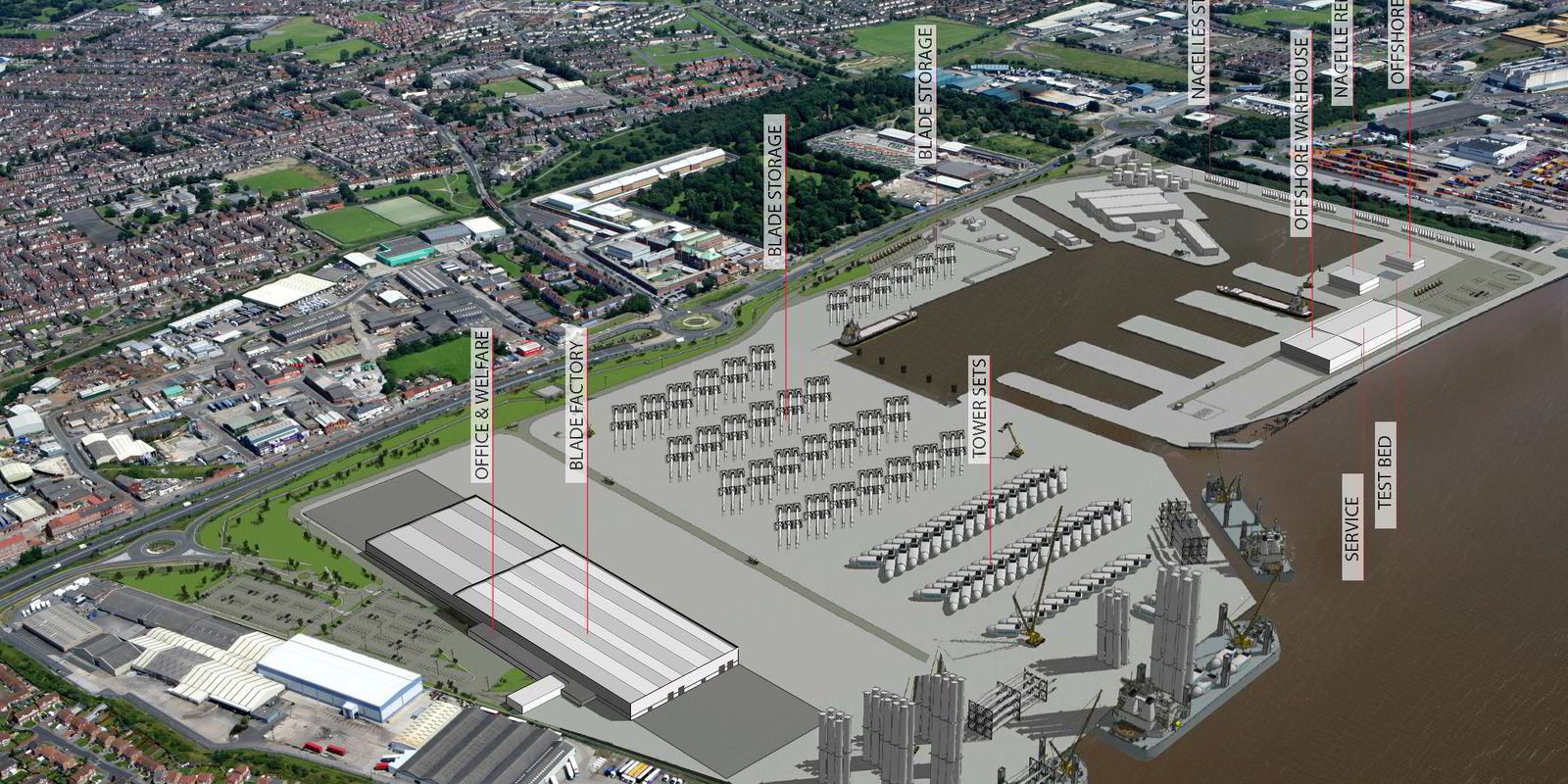By approving the 300-turbine farm, Greg Clark has signalled that his new department plans to continue with the next CfD auction this year, offering much needed support to UK offshore wind at a time when coherent energy policy is hard to come by.
Since shaking off [former coalition partners] the Lib Dems at the 2015 election, the Conservatives have made more than 15 changes to UK energy policy, many of which damaged the short-term economic outlook of the renewable power industry.
While the removal of support for onshore wind was a manifesto pledge, cutting solar feed-in-tariffs, scrapping the ROC a year early and changing the climate change levy took the energy sector by surprise. Nuclear, however, seemed a steady bet, until the shock review into Hinkley announced just hours after EDF finally made an investment decision.
Observing the political and media fallout from Theresa May’s intervention, perhaps stemming from a five-fold increase in subsidy costs, chronic delays at sister plants in Finland and Normandy and the absence of a functioning EPR reactor anywhere in the world, it would be possible to conclude that the UK was in a bit of a pickle. However, building on a world-leading position in offshore wind could begin to address this.
Now, nobody is seriously claiming that wind alone can replace Hinkley Point. There will always be a few winter days when wind speeds are low and even an arsenal of turbines can’t fully supply the grid. However, instead of piling unfathomable amounts of money into a white elephant, the UK should look to a range of technologies instead.
A combination of new renewable capacity, already-proposed links to Norway and the European mainland and new nuclear based on proven, lower cost technology could easily fuel the UK’s thirst for energy, while demand-side response and a small amount of new CCGT capacity could ensure that the lights stay on during even the coldest winter.
The government’s own National Audit Office recently showed that, as the costs of first-of-a-kind nuclear continue to grow, the price of renewables falls with technological and manufacturing breakthroughs. The fact that the Hornsea application allows for turbines up to 15MW in size, when Europe’s largest are currently 8MW, offers a glimpse into industry expectations of the sector, in which we have seen capacities increase by around 10% per annum in recent years.
Onshore wind also continues to develop at great pace, and receives persistent strong public approval in governmental surveys, opening the door to a change in policy to allow them to be built in areas of public support.
With energy now sharing office space with business and industrial strategy, now seems like a perfect time to show some much-needed certainty in the sector. We have seen the first UK-made blades set for UK offshore wind farms, while Siemens remains committed to a £160m ($208m) manufacturing facility in Hull, providing around 1,000 jobs.
Long-term support for burgeoning technologies, a decision on Hinkley and a plan detailing how the UK will meet the fifth carbon budget are all immediate priorities, into which industrial strategy could be fully implemented.
Jonathan Marshall is energy analyst at the Energy and Climate Intelligence Unit (ECIU)

